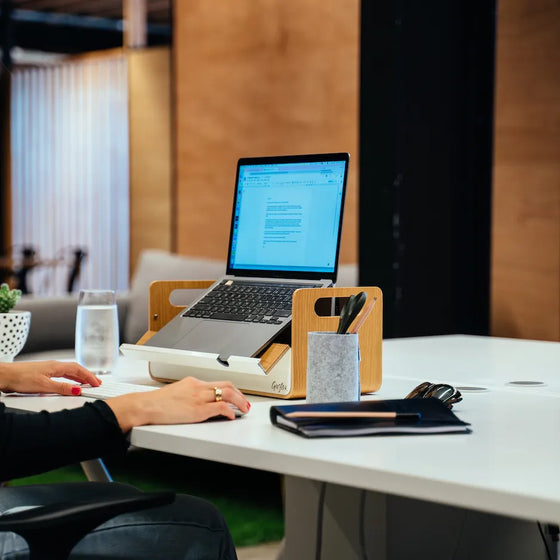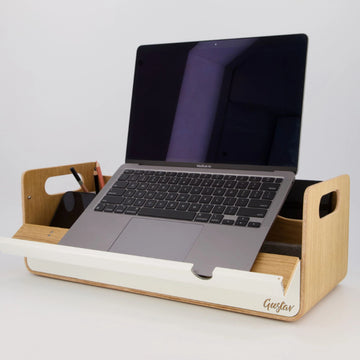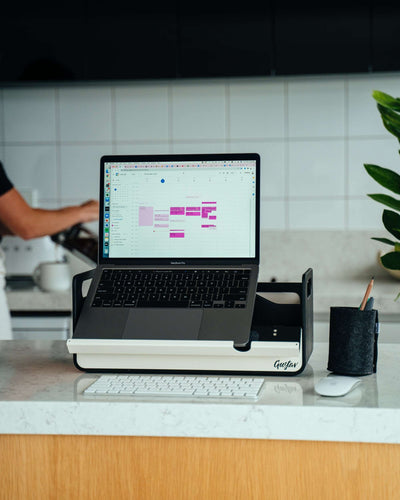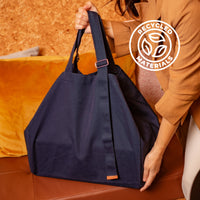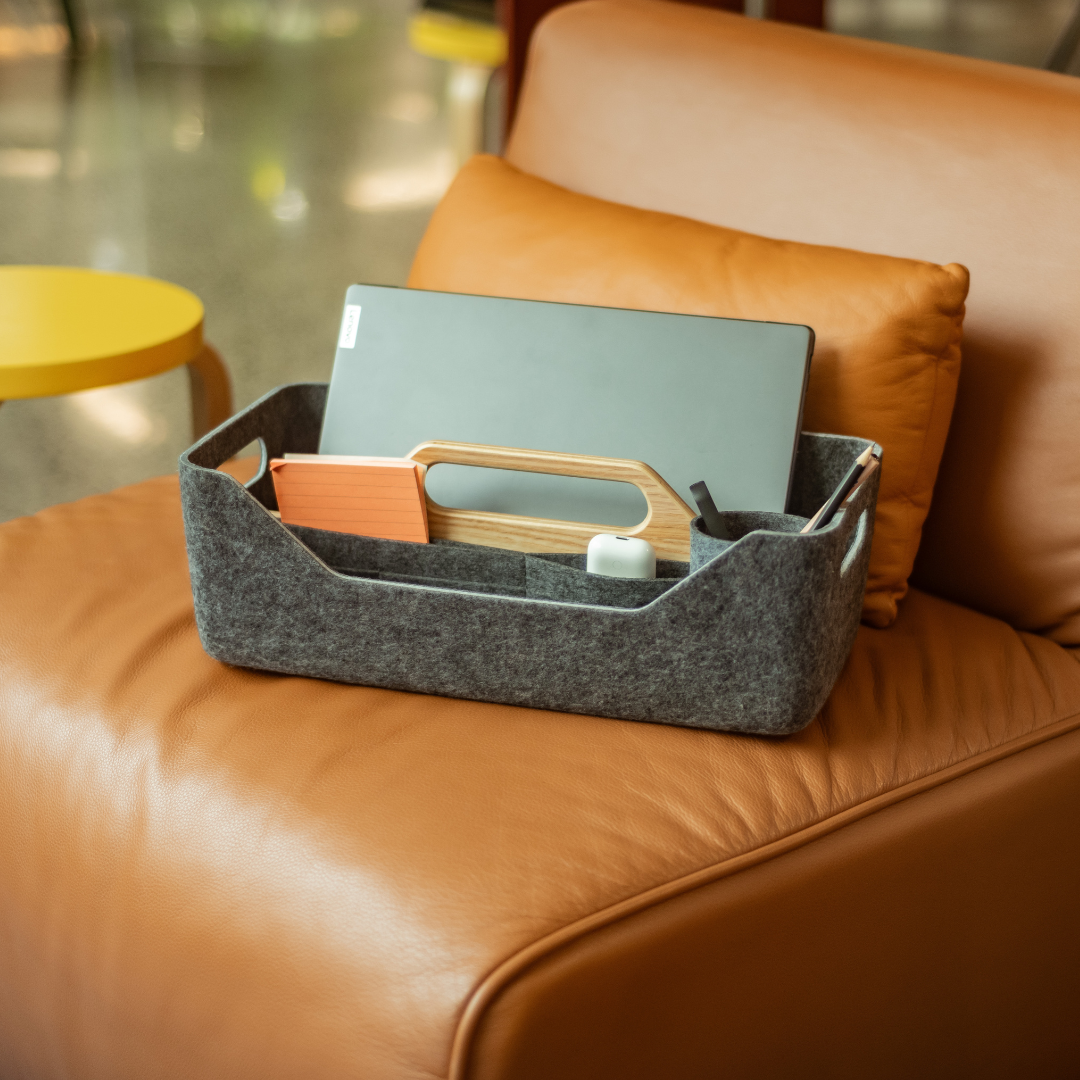Best Tools for Activity Based Working
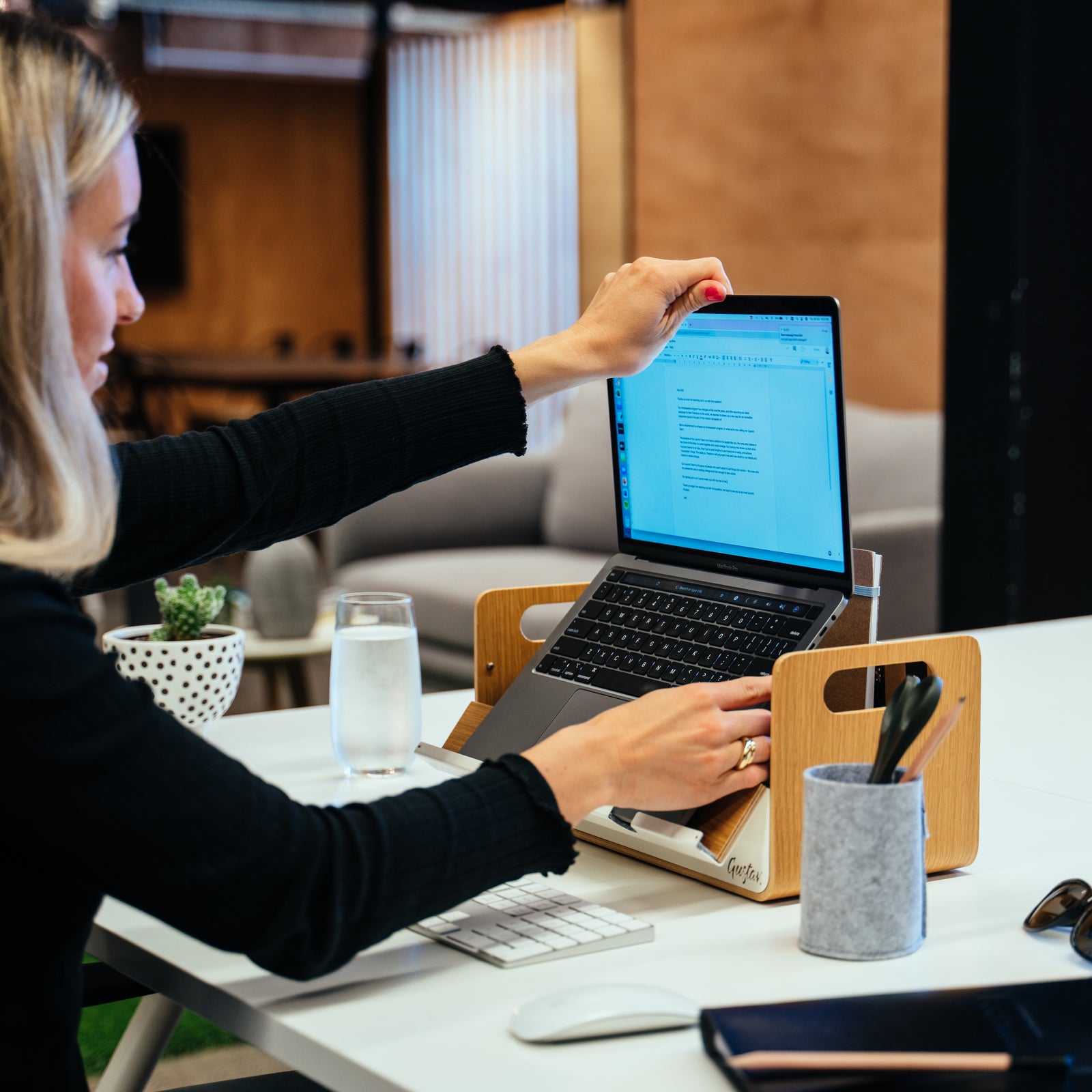
Activity-based working: the future of working is flexible
The open-plan office was long considered the prime example of modern working. However, studies have reported that the concept often worsens employee satisfaction and productivity. In today’s world, new approaches are needed. Everyone is talking about a trend that gives Open Plan offices an urgent update: Activity Based Working.
Activity-based working makes the fixed personal workplaces redundant. Instead, employees switch between different office spaces throughout the day, each offering the right ambience for specific activities.
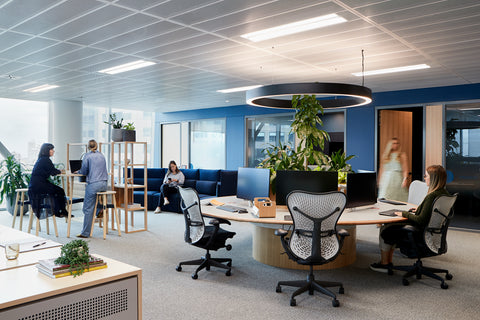
This is what activity-based office design looks like
Activity-based working is based on the belief that workplaces and environments should be as diverse as the work people do in them: For example, collaborative work in a cosy café, focus work at a computer desk, or a presentation in a high-tech meeting room.
With the right design and office equipment, the open-plan office becomes a working landscape with different zones and focal points:
- Collaboration zones for working in small project groups, ad hoc meetings or group brainstorming.
- Closed conference areas for larger, confidential meetings and presentations
- Workstations for focused work - individually or in small groups
- Cafeteria, kitchen, communal zone with places for breaks, exchanges or games
- Open lounge, a central zone for various parallel activities
- Quiet areas for breaks in silence or napping in between
The new ways of working: advantages and requirements of ABW
Global corporations such as Siemens and Amazon, but also public offices such as the Ministry of Economic Affairs in Finland have already successfully implemented Activity Based Working and rave about the benefits: more spatial flexibility and movement increase employee satisfaction and motivation, flat hierarchies strengthen the team feeling, companies become more attractive for young talents.
At the same time, ABW is not a general modernisation cure for every business. Activity-based working works when the concept and the corporate culture fit together. The industry generally impacts this decision less – more important however is the organisations’ work method and management structure. Banks or insurance companies can benefit from ABW just as well as a design agency or a tech start-up.
The best tools for activity-based working
When choosing furniture and equipment, look for ergonomics and sustainability. Flexible design does not mean cheap and interchangeable. On the contrary - these much-used objects should be robust and versatile. After all, you are also investing in the well-being of your employees and comfortable, functional furnishings are essential here.
To ensure that the furniture can be used for a long time, it should be mobile and ideally able to be combined. Modular office furniture and multifunctional furniture allow you to divide up space in an efficient way and support flexibility.
Partitions, curtains & co. for good acoustics
Open workspaces can quickly become noisy and hectic, and acoustic elements can be a remedy. The special materials can absorb and dampen sound, ranging from textiles such as carpets, wall panels and curtains to seating and storage furniture. Partitions in various sizes add more privacy, and special curtains can create a separate room or area.
Storage space: lockers and lockers
Where can staff and guests store their personal belongings? This is one of the most frequently asked questions at ABW. Several storage options are ideal: lockable compartments and spins for cloakroom and personal belongings, mobile containers or multifunctional cabinets are suitable for team storage.
Mobile privacy: office toolboxes like Gustav
Mobile office supply caddies and office toolboxes are crucial in ABW. People want to have their work utensils to hand at all times, despite changing work locations.
Gustav Original allows you to quickly set up and personalise your workspace. The integrated laptop stand transforms the toolbox into a portable multifunctional piece of furniture. That way it creates an entire workstation, which can be packed up in seconds.

Just relax: lounge chair and sleeping alcove
Sometimes you just need a short breather, or a midday nap. A classic lounge chair with reclining function in a quiet corner is ideal for the former, while demarcated sleeping berths or hammocks save particularly tiring days.
Concentrated work: Ergonomic armchairs and tables
For classic, focused desk work, high-quality swivel chairs and tables can adapt ergonomically to personal needs. Health experts also recommend standing, and height-adjustable desks quickly adjust to the necessary position. Gustav can help too – by adapting the screen angle, it can be used ergonomically everywhere.
All in a box: Room-within-a-room solutions
In the ABW concept, there are no fixed rooms for individuals – however, for confidential meetings or longer discussions, acoustically separated areas are necessary. The solution: free-standing boxes in the room. They should be fully technically equipped for presentations, video conferences, etc. and offer stackable chairs for variable group sizes. Smaller, intimate boxes for telephone conversations and individual work are also popular.
Mobile writing boards and flip charts
Whether for informal brainstorming or pitching in a big meeting, mobile writing boards are a must for collaborative work. Samsung has even launched a digital flip chart with a video conferencing function.
Nothing works without it: electronic equipment
The ABW concept stands and falls with the technical equipment - make sure there is WLAN throughout, enough power sockets, furniture with integrated connections and floor plugs. In addition to laptops, tablets and individual tools, there should be enough places with large screens. Also, don't forget to provide sufficient, flexible lighting.
Reliable helpers: software and apps for activity-based working
With the rise of hybrid working, more and more companies are turning to collaboration software such as Microsoft 365 or Google Workspace. For activity-based working, shared tools and apps for communication and organisation are even more important.
Desk booking apps like Robin, Office Space and YArooms are great for booking desk space in advance and seeing which desks are free. They are also suitable for conference zones and cubicles. Calendar apps such as Google Calendar, Outlook or Calendly and scheduling tools such as Doodle are must-haves for creating appointments together.
Smart technology goes a few steps further: wireless sensors can send signals to the cloud when seats are occupied and update the calendars or desk booking apps. Special sensors can automatically adjust humidity, temperatures or personal preferences such as seat height.


